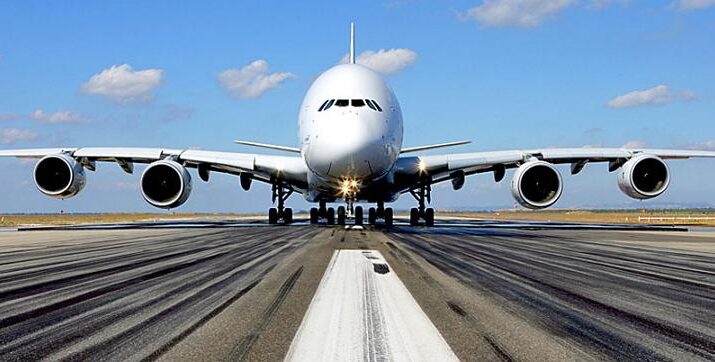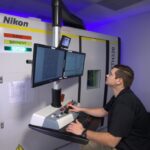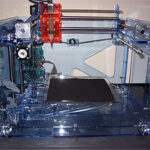

The weight of accumulated parts is a critical factor in the aerospace industry’s efforts to build sleeker, lighter and more efficient planes. Shaving every available gram from the equation means manufacturers can save their airline customers fuel and help them cut back on carbon emissions.
Eric Masanet, the Morris E Fine junior professor at Northwestern University in the Robert R McCormick School of Engineering and Applied Science, now says it’s been confirmed that using 3D printed metal parts can reduce the weight of an aircraft – by up to 7% – and those are breakthrough numbers.
The research was funded by the US Department of Energy Advanced Manufacturing Office, and this case study took advantage of aircraft industry figures to analyze life-cycle environmental effects of using additive manufacturing and 3D printing to build lighter, and thereby more efficient, metal parts from cutting edge materials.
In addition to giving those higher performance metals and the parts built from them added value, the case study also found 3D printing technology is critical in reducing manufacturing waste. In practice, it also means using additive processes will conserve thousands of tons of expensive aluminum, titanium and nickel materials.
“The airline industry is an early adopter of 3D printing,” Masanet says. “The main driver is that aircraft require specialized lightweight metal alloys that can be very costly to process.”
According to Masanet, his team’s analysis also pointed up the fact that 3D printed and additively manufactured components cut the need for energy to produce them by as much as one-third to one-half when compared with conventional manufacturing methods.

All in all, Masanet says AM and 3D printing key parts will cut aircraft fuel consumption by approximately 6.4% as well.
It’s all part of what the team says are untapped efficiencies in aircraft manufacturing.
“We have suboptimal designs because we’re limited by conventional manufacturing,” Masanet says. “When you can make something in layer-by-layer fashion, those constraints diminish.”
The case study was published in the May issue of the Journal of Cleaner Production, and Runze Huang of Masanet’s lab was the lead author of the paper. Matthew Riddle and Diane Graziano of the Argonne National Laboratory also contributed to the research.
According to Masanet, conventional methods of manufacturing aerospace parts can be unnecessarily wasteful. As an example, he says producing a 1-kilogram bracket for an airplane using conventional methods could require 10 kilograms of raw material..
While changes to wings and larger structural parts are currently beyond the technology, the researchers say AM is ideal to produce parts like brackets and hinges. One such bracket was reduced in weight from 1.09 kilograms to just .38 kilograms using AM techniques, and that translates to a major savings in a vehicle as large and complex as an aircraft.
Do you know of any other studies or initiatives which are aimed at improving efficiency with AM and 3D printing? Let us know in the AM To Reduce Aircraft Weight forum thread on 3DPB.com.
When it comes to 3D real estate visualization in the USA, our service provides the perfect solution for bringing property listings to life. Through our platform, you can easily access cutting-edge 3D renderings that showcase your real estate projects in a way that attracts potential buyers and investors. Whether it's residential, commercial, or mixed-use properties, our team of experts uses advanced technology to create immersive visualizations that highlight the best features of your property, making it easier for clients to imagine the space as their own.
Through our website, you can quickly get high-quality 3D real estate visualizations that are tailored to your specific needs. With our help, you'll stand out in the competitive real estate market by offering potential buyers a realistic, interactive view of your property. Our efficient process ensures a fast turnaround time, while our attention to detail guarantees that every aspect of the property is represented accurately, giving you a powerful marketing tool to promote your real estate listings.






